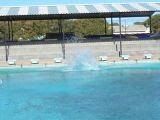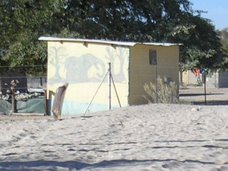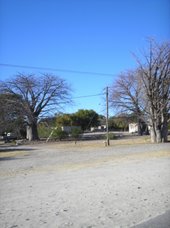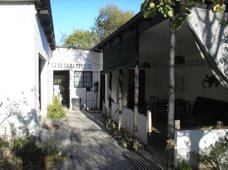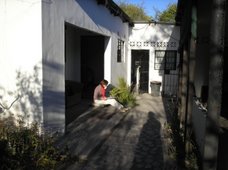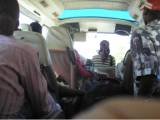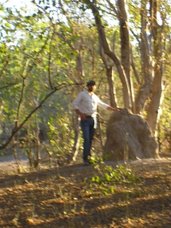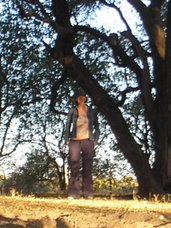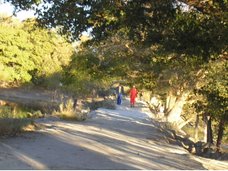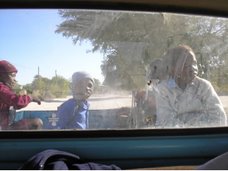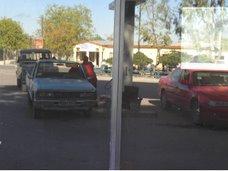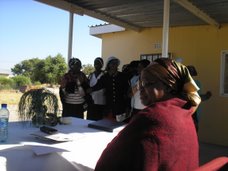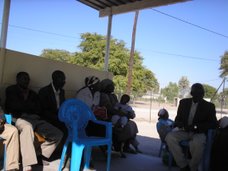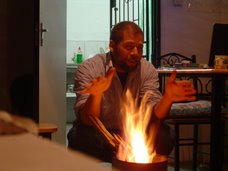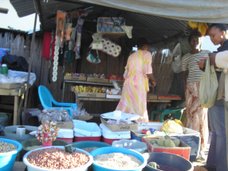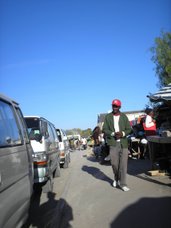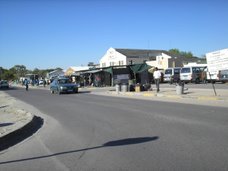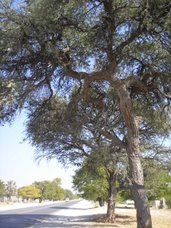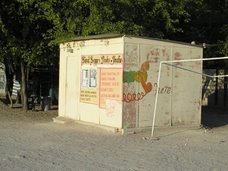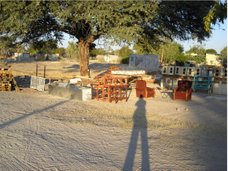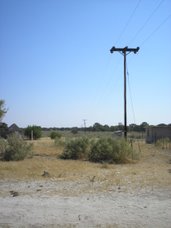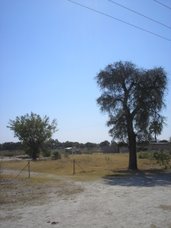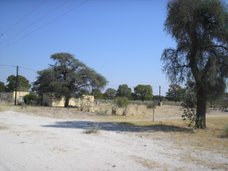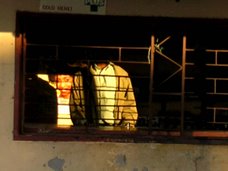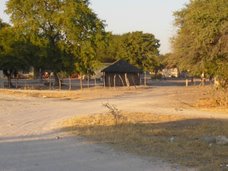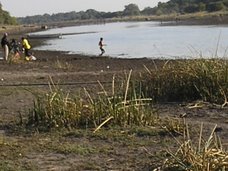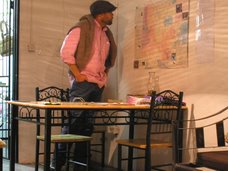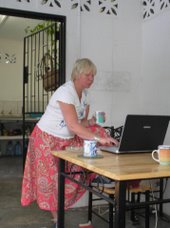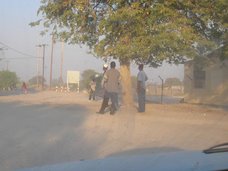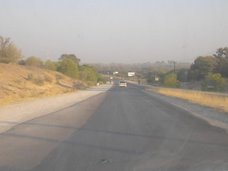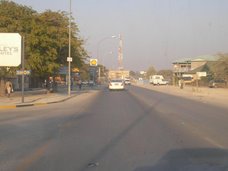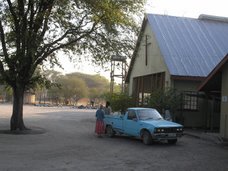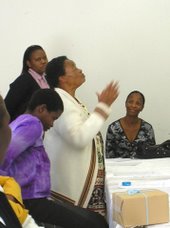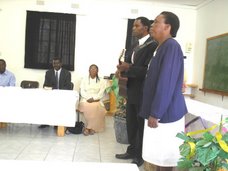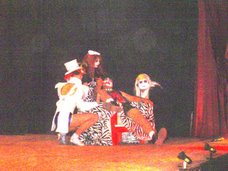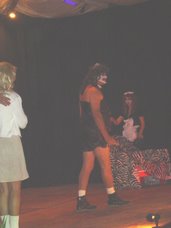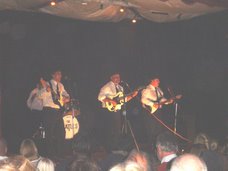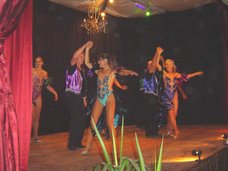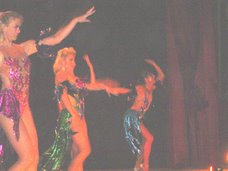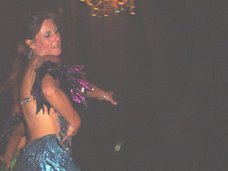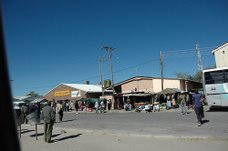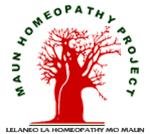Seeing the patient
In this way have I come to understand the Triad Method we use to prescribe here. So, what happenned? Well, let’s look at it sequentially. Initially in the first two weeks of my stay hereI was looking at cases overJulia’s shoulder. It’s hard for me to get a real undertanding of a case from an observers position. It’s strange to imagine this but picture it. You’re in the same room as the patient and prescriber, not three feet away from them but the essential thing is, you are not face to face with the patient communicating with them directly. Sure, you have the time to read through their case notes and listenas the prescriber takes the case but you’ve not entered into a direct relationship with the patient.
The response to the remedy
The other problem was that many cases I saw befeore working solo were quite stuck. The patients had been neither getting worse nor appreciably better. They were generally long term patients and had a long history of remedies which had not moved them forward a great deal. So, you can understand, that when faced with this situation it is impossible to see how a patient has responded to a remedy and thus understand the prescription.
The development in my understanding of the Triad method came most importantly from working directly with patients. The first occasion was with an albino patient who has terrible ulcers on their skin. When we returned for a follow up we found them in a very weak condition. It appeared that they had become worse. One leg was swollen and had boken out in new eruptions.
Law of direction of cure
So how did this help to understand the Triad Method? The answer is careful case taking. We discovered that despite there not having been a general overall improvement her symptoms had shown movement in the direction of cure. Let me explain what this means. The Law of Direction Of Cure is probably better described as The Theory of Direction Of Cure as it can only be confirmed by repeated observations. Now, as each patient is an individual and will respond in different ways to the remedy the Law Of Direction Of Cure (LODC) cannot always be observed but it’s been observed often enough by homoeopaths that it has become an empirical guide to homoeopathic prognosis.
LODC states that illnesses is cured by the body healing itself from within to without. You can observe LODC operating in reverse during a cold. Usually the first symptoms to appear will be in the upper respiratory tract, the nose and throat. As the cold progresses it will begin to affect the lungs. This hypothetical cold will resolve under homoeopathic treatment according to LODC with the lungs being cleared first followed by the upper respiratory tract symptoms. Homoeopaths have seen this process at work in both chronic and acute illnesses. The law can be generalized to say that symptoms are observed to move from the centre of the body to the periphery; or from more vital organs to mucus surfaces or the skin.
In the case of the patient with the ulcerated skin we found, by careful case taking that although there appeared to be a worsening of symptoms (ulcers at a new site on the body and inflammation) they were moving from centre to periphery. During treatment the uklcers on the patients abdomen had cleared while new ones had appeared on their leg.
While the patients case remained serious from the perspective of pathology there was hope that their ulcers would heal as demonstrated by observation of LODC.
This demonstrated to me that the Triad Method of prescribing remedies worked and made it easier for me to accept it as a method to work with. At present I think that it would be impossible to say whether the patient responded to only one of the remedies or all of the remedies. For the sake of my peace of mind and to avoid expending valuable brain power on this question I rationalised that a triad prescription should be looked at as an often repeated single remedy. In application it is not this. Each remedy of the triad is taken sepparately but for the sake of case analysis it has to be seen as a single remedy to which the patient responds.
OK, so, I had seen a triad of remedies produce a favourable response in one patient. The next week I began practising solo. I was able to apply what I had learned under Julia’s close supervision to the cases which were returning to the clinics. My life as a prescriber was made much easier by the responses the patients had had on their remedies. Most of the patients I have seen since I began prsctising solo have been away from the clinics for up to a year because their last prescription produced such a favourable response.
Leaps in learning
How did this help me understand the Triad Method? Firstly seeing patients improve who are HIV positive and being treated with Anti Retroviral drugs (ARV’s) which can have some very debilitating side effects reinforced my acceptance of the Triad Method’s ability to work IN PRACTICE as opposed to theory; Secondly reading the patients notes, previous prescriptions and responses allowed me to understand further how triad prescriptions were formulated in response to which symptoms; Thirdly I was able to feel confident in my understanding of the case of each patient as they presented it to me and confident in my ability to respond with an appropriate triad of remedies.
I’ve been pleased to see that patients who I have prescribed for recently return with a good response to remedies which I have prescribed. This has really improved my confidence in using the Triad Method as I have begun to understand it by direct experience of working with it and seeing it work.






